In 2025, the homebuying landscape is shifting in ways that could catch both first-time and seasoned buyers off guard. As market trends, mortgage regulations, and buyer expectations evolve, some long-standing unwritten rules are becoming outdated—or disappearing altogether. From changes in negotiation tactics to new lending practices, understanding these shifts is crucial for anyone looking to purchase a home in the coming year. Here’s what you need to know about the homebuyer rules that are being rewritten in 2025.
1. Higher Fees for Non-Occupant Buyers

In 2025, second-home buyers and investors purchasing properties for rental purposes are facing higher fees and taxes in various markets. These changes are aimed at curbing speculative buying and addressing housing shortages, especially in high-demand areas. Some states and cities have implemented additional taxes or surcharges to discourage the practice of purchasing multiple properties without intending to occupy them. Bloomberg reports that this move is designed to level the playing field for first-time homebuyers, who often struggle to compete with investors driving up property prices.
Non-occupant buyers are also facing stricter lending standards and higher down payment requirements, reflecting an increased risk profile. These higher costs are expected to reduce the number of speculative investments and help stabilize local housing markets. While some investors are seeking to minimize their tax liabilities, others may find that these additional costs reduce the profitability of their investments. Ultimately, these measures aim to make homeownership more accessible to those who wish to live in the homes they purchase, fostering more sustainable growth in the housing market.
2. Green Mortgage Incentives

In 2025, buyers interested in eco-friendly homes or upgrades are finding more financial opportunities through green mortgage programs. These specialized loans typically offer lower interest rates to buyers purchasing energy-efficient homes or opting to make sustainable improvements. Such initiatives are aimed at promoting a shift toward greener living, addressing both environmental concerns and the financial barriers associated with energy-efficient housing. Agencies like the USDA are leading the charge, making it easier for people to choose environmentally responsible options without the added financial burden.
With the growing interest in sustainability, green mortgages are becoming an attractive option for homebuyers. Homeowners can also benefit from rebates or tax incentives when they install energy-efficient systems like solar panels, efficient insulation, or high-performance windows. CNET highlights that these loans may also come with longer repayment periods and other flexible terms, which help reduce monthly payments. As the demand for green homes continues to rise, these incentives are expected to play a larger role in shaping the housing market.
3. Stricter Credit Score Requirements
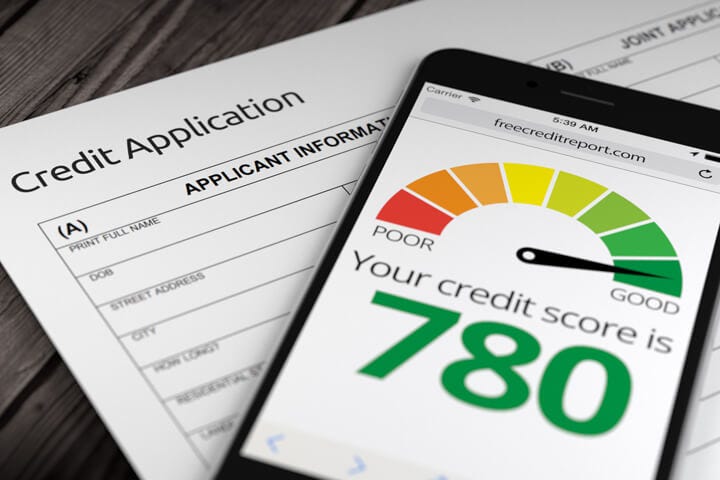
In 2025, lenders are tightening their requirements, prioritizing borrowers with higher credit scores. Some banks are now setting the bar at 700 or above, aiming to reduce risks in an uncertain economic climate. According to a report by CNBC, this shift reflects growing concerns about credit risk, especially amid potential recessions and rising inflation. As a result, borrowers may need to put more effort into improving their credit scores before applying for a mortgage. Higher scores are seen as an indicator of financial stability and a lower likelihood of default.
This trend is likely to affect those with lower scores or who are seeking loans without substantial down payments. Overall, this move could make it more challenging for some prospective homeowners to secure financing. However, for those with higher scores, it could lead to better loan terms and lower interest rates.
4. Increased Down Payment Minimums

To safeguard against potential economic downturns, many lenders are increasing their down payment minimums. While some buyers could once secure a loan with as little as 5% down, many lenders now require at least 10% to 20% upfront. Bankrate highlights that this shift helps ensure buyers have more equity in the home from the start. The increase in down payment requirements is seen as a way to minimize the risk of default, especially in volatile housing markets.
A higher down payment not only strengthens the buyer’s financial position but also lowers the lender’s risk, making the loan more secure. However, for many first-time homebuyers, this can make entering the housing market more challenging. While the added cost can feel burdensome, it also provides long-term financial benefits for buyers who can afford the larger payment. This shift is expected to continue as the housing market remains unpredictable and economic concerns linger.
5. Limits on Contingency Clauses

In 2025, real estate contracts are increasingly limiting the number of contingencies buyers can include, particularly in highly competitive markets. Sellers are eager to close deals quickly and with fewer potential complications, and restricting contingencies helps achieve this. As reported by Realtor.com, contingencies such as financing, inspection, and appraisal are being trimmed down in many agreements. By removing or limiting these clauses, buyers are signaling a stronger commitment to the purchase, but they also take on greater risk.
In tight markets, where multiple offers are common, sellers often view fewer contingencies as more attractive. However, buyers must weigh the risk carefully, as giving up some contingencies could lead to unexpected costs if issues arise during the closing process. These changes are helping streamline transactions, but they also reflect the rising pressure in today’s competitive housing markets. Buyers may need to adjust their expectations and be prepared for quicker, more streamlined deals with less room for negotiation.
6. Smart Home Integration Standards

Smart home technology is no longer just a luxury—it’s a requirement for many modern homes. In 2025, homes that incorporate smart technology such as smart thermostats, lighting systems, and security cameras are more likely to appeal to tech-savvy buyers. CNET notes that smart homes are in high demand, with features like automated systems, smart locks, and energy-saving devices becoming essential in many markets. The convenience of controlling various aspects of the home remotely through smartphones or voice assistants is a key selling point.
Smart home integration can also increase the value of a property, as buyers recognize the long-term savings and comfort these systems provide. Some markets have even begun to mandate certain smart features for homes to be listed at premium prices. As technology continues to evolve, future homeowners will likely expect even more sophisticated systems in place. Overall, this trend reflects the growing influence of technology in everyday life and its integration into the home-buying process.
7. Mandatory HOA Interviews

In communities governed by homeowners associations (HOAs), buyers in 2025 will often be required to undergo an interview or orientation before their purchase can be finalized. This step ensures that prospective residents understand the community’s rules and regulations, which often include guidelines on property appearance, noise restrictions, and common-area usage. HOA-USA explains that the aim of these interviews is to promote better alignment between buyers and the HOA’s policies, ensuring a smoother transition into the community.
The process allows the HOA to screen applicants and provide essential information about the community’s expectations and obligations. Buyers can also use this opportunity to ask questions and clarify any concerns they may have about community guidelines or fees. In some areas, the HOA may even offer incentives or benefits to attract new residents who align well with the community’s values. While this requirement may seem like an additional hurdle, it helps reduce misunderstandings and promotes a more harmonious living environment for all residents. These interviews are becoming a standard practice in many well-established communities.
8. Income Documentation for Freelancers
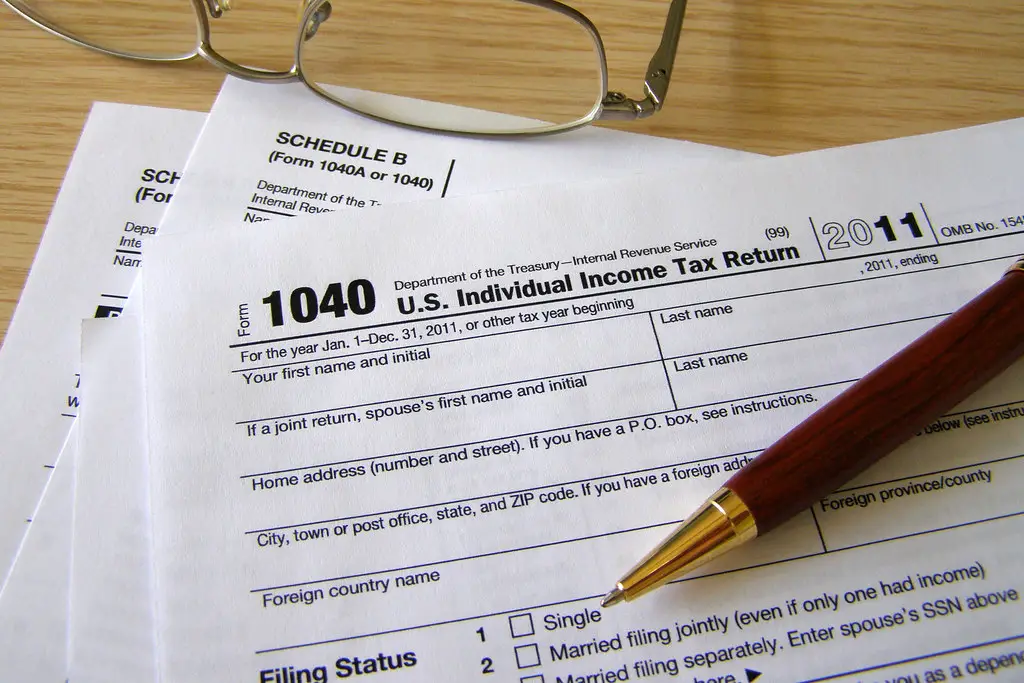
Freelancers and gig economy workers face heightened scrutiny when applying for mortgages in 2025. Lenders are now requiring at least two years of stable income and detailed financial records to ensure self-employed borrowers can manage the responsibilities of homeownership. According to Forbes, this change is a response to the volatility in self-employment income and the challenge of verifying earnings for non-traditional workers. Freelancers are often required to provide tax returns, profit-and-loss statements, and other proof of income, which can be difficult to compile for those without a consistent payroll.
These stricter income verification processes help lenders gauge the borrower’s ability to repay the loan over time. As more people transition to freelance and gig work, these requirements are likely to become standard in the industry. However, while they may create barriers for some, they can also promote a more stable housing market by reducing defaults and financial strain on borrowers. For self-employed individuals, these changes mean they must be even more diligent in tracking and documenting their earnings.
9. Caps on Investment Purchases
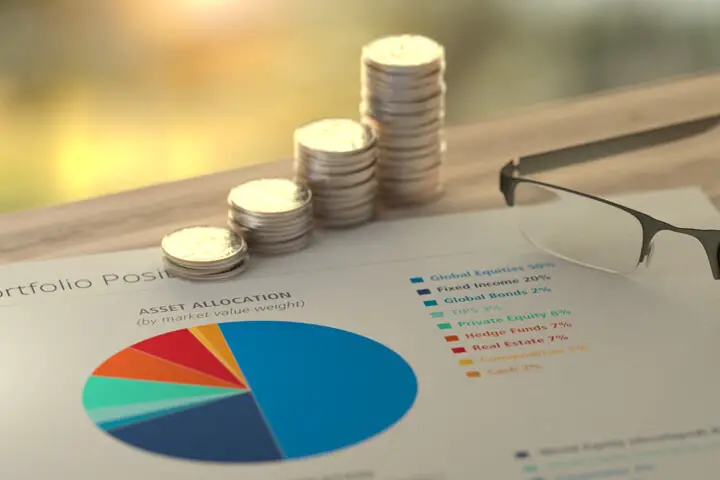
To address housing shortages and make homes more accessible for first-time buyers, several states and cities are imposing caps on the number of properties investors can purchase annually. These rules, reported by The Wall Street Journal, are intended to limit speculative buying and allow more properties to remain available for primary homeowners. In many cities, investors are snapping up properties at an increasing rate, exacerbating the housing crisis for those looking to buy homes to live in. Caps on investment purchases aim to balance the housing market and give first-time buyers a better chance to compete.
These rules vary by location, with some areas imposing more stringent restrictions than others. While these changes may slow down the real estate market for investors, they are seen as necessary for promoting long-term stability in the housing sector. By regulating the number of properties one entity can own, cities hope to prevent artificial inflation of housing prices driven by large investors. As the housing market continues to evolve, these policies will likely become more widespread.
10. Insurance Proof Before Offers

In high-risk areas, sellers are now requiring buyers to provide proof of pre-approval for homeowner’s insurance before they can submit an offer on a property. As Insurance Journal reports, this new practice is a response to rising insurance claims and stricter underwriting standards, especially in regions affected by natural disasters. By requiring insurance proof upfront, sellers can be confident that buyers have the financial means to cover the risks associated with their new property. This step also helps avoid delays or issues with the finalization of the sale due to insurance complications.
Buyers are now expected to secure insurance early in the home-buying process, which may impact their ability to negotiate other terms of the deal. For homes in high-risk areas, this requirement ensures that both parties are protected financially. It also reflects a growing awareness of climate change risks and the increasing importance of insurance in homeownership. As these rules continue to evolve, homebuyers should be prepared to navigate these additional requirements.
11. Rent-to-Own Restrictions

Rent-to-own agreements in 2025 are facing new regulations aimed at preventing predatory practices. These rules are designed to protect buyers who may be at risk of losing their payments without gaining equity in the property. As reported by HUD, these regulations ensure greater transparency and fairness in rent-to-own deals, giving renters a clear path to homeownership. The regulations require that the terms of these agreements be more clearly stated and that any fees or rent credits be transparent.
Renters who opt for this type of agreement are now better protected from scams and exploitation, with the government stepping in to provide oversight. This shift is part of a broader effort to address the growing trend of alternative financing options for homebuyers who may not qualify for traditional mortgages. While rent-to-own arrangements can offer a pathway to homeownership for some, the new regulations ensure these deals are fair and beneficial for both parties.
12. Mandatory Flood Zone Disclosures
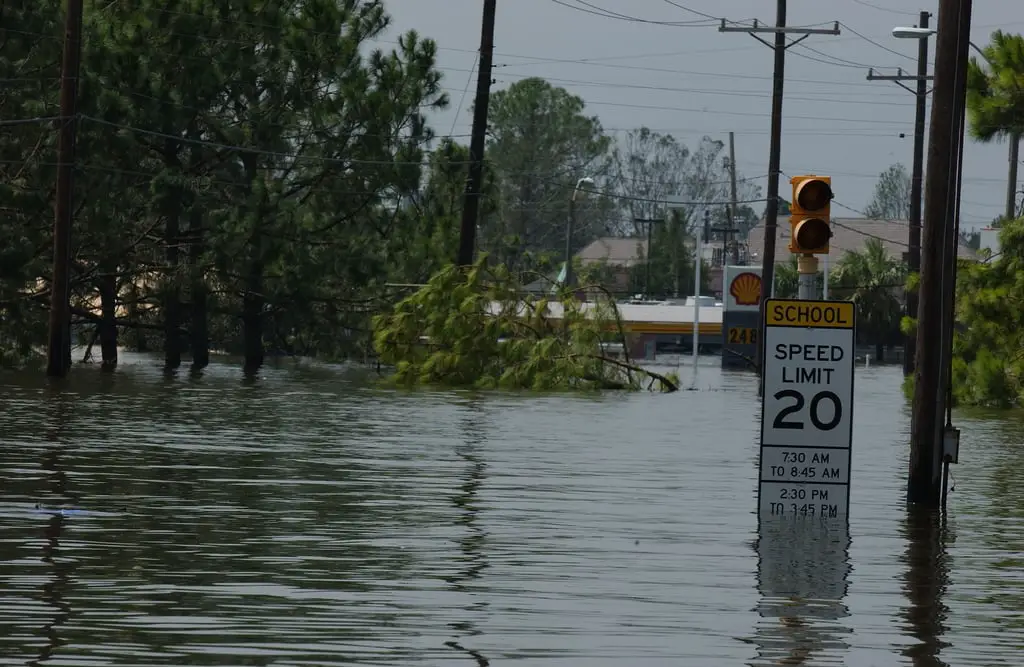
In 2025, real estate transactions have seen an increase in mandatory flood zone disclosures to help buyers better understand the risks of purchasing property in flood-prone areas. Regardless of whether flood insurance is required, sellers are now obligated to inform buyers if the property is located in a flood zone, ensuring full transparency. The Federal Emergency Management Agency (FEMA) stresses that these disclosures are vital for buyer awareness, especially as extreme weather events continue to increase in frequency and intensity. Buyers must assess flood risk carefully, as homes in these areas may require costly flood insurance policies or additional mitigation measures.
As climate change accelerates, many states have implemented stricter regulations requiring flood zone information to be made available early in the buying process. The shift towards more stringent disclosure laws is aimed at preventing unpleasant surprises for new homeowners who may face severe flooding risks. These disclosures can also impact a property’s value and the ability to secure financing, particularly for homes in high-risk areas. Home buyers are advised to conduct their own due diligence, and in some cases, they may need to factor in the cost of flood-proofing or flood insurance into their overall home-buying budget.
13. Home Energy Audits Are Required
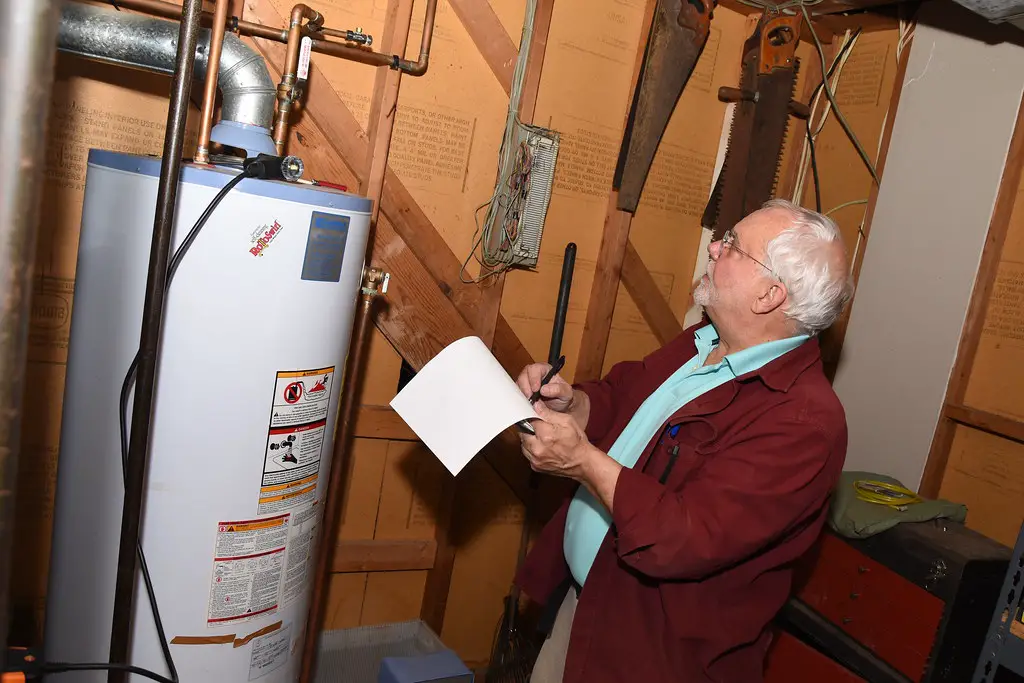
In 2025, energy efficiency is becoming a significant consideration in the home-buying process, with mandatory energy audits required before closing. These audits assess the energy use of a property, including heating and cooling systems, insulation, and overall efficiency. According to Energy.gov, this trend is gaining momentum in states focused on reducing carbon footprints and fostering more sustainable living. By requiring energy audits, buyers can gain insight into potential future utility costs and make informed decisions.
Sellers may be asked to address inefficiencies before listing, or buyers might negotiate improvements as part of the sale. Homes with higher energy ratings are often more attractive, as they promise lower monthly costs and a reduced environmental impact. Energy-efficient homes are also gaining popularity as part of the broader movement toward sustainable living. This new requirement is an important step toward reducing national energy consumption and lowering individual carbon footprints.
14. Mandatory Climate Risk Assessments

As climate change continues to disrupt weather patterns, real estate buyers in disaster-prone areas must now complete climate risk assessments before purchasing a property. This change, reported by The New York Times, is a response to rising insurance premiums and the growing risks of extreme weather events. Buyers are now required to evaluate how susceptible a property is to floods, wildfires, or hurricanes, among other climate-related risks.
These assessments aim to ensure buyers are fully aware of potential future costs related to natural disasters. Insurance companies are increasingly factoring climate risks into pricing, which is pushing buyers to consider these risks more carefully. In many regions, sellers are being encouraged to conduct assessments before listing properties to attract buyers. These assessments may result in higher upfront costs for buyers, but they are seen as necessary for long-term financial stability and protection. Overall, they represent a proactive step towards addressing the increasing impacts of climate change.
